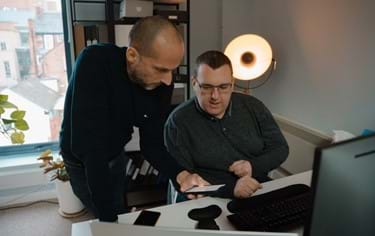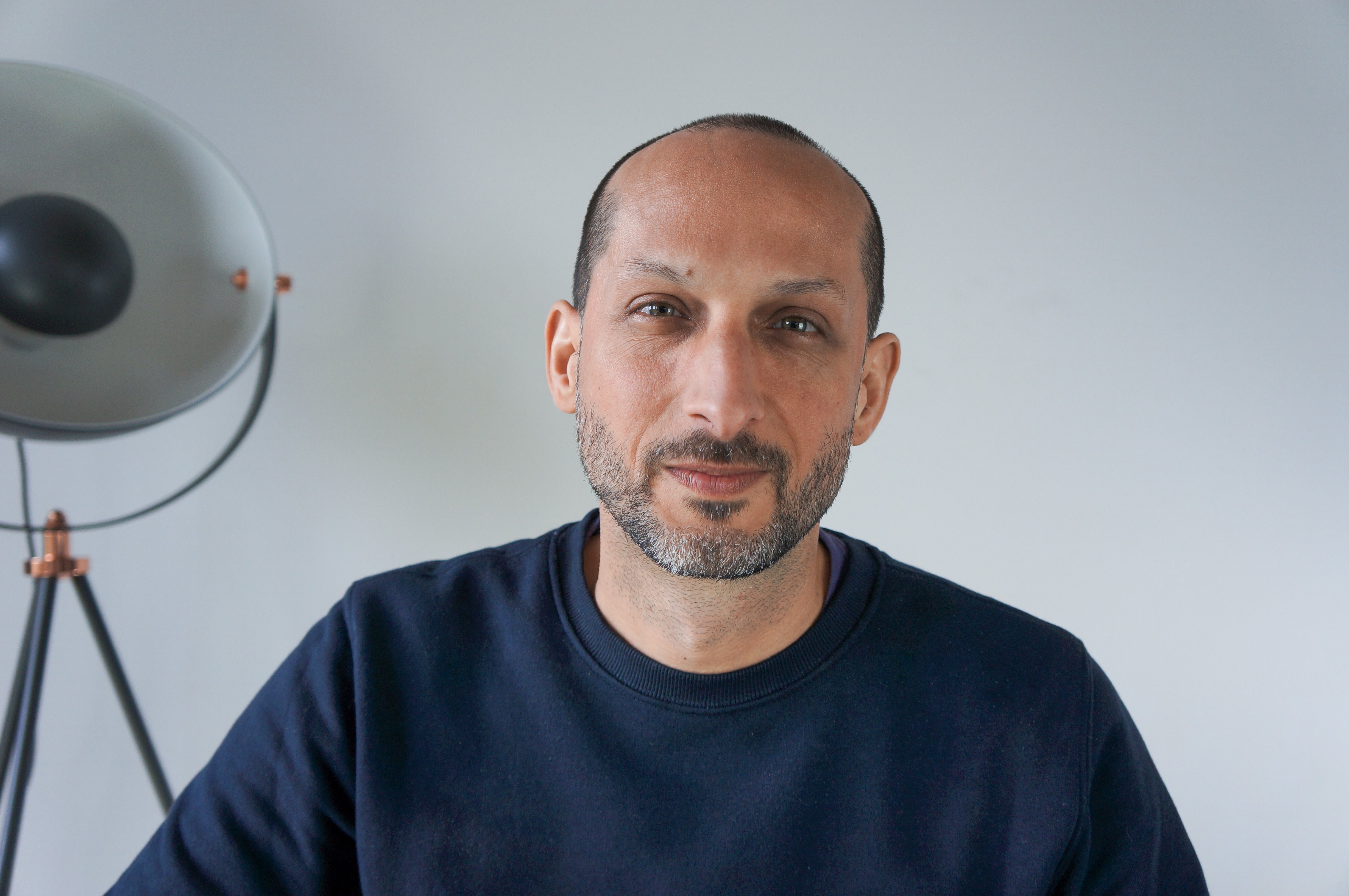An essential part of the development process is user testing, but it’s often skipped when deadlines are looming. With design prototypes, bringing in user testing early and frequently will save you considerable time, expense and frustration as your project progresses. It could also help you identify opportunities that you might otherwise have missed. But they’re frequently avoided. Don’t make that mistake; start thinking about user testing from the beginning.
As visionaries, we know what we want to build and can envisage the path to armies of users loving our application. Our teams are in flow and doing valuable work, our systems are automated and capacity increased. This is all possible, but you must check in with your end users along the way to test your assumptions. Yes, the assumptions about how your software will be used that you made at the start of the project may be wrong. Let’s stop that from happening.
Focus Groups
Early user testing may take the form of focus groups. Get together a group of 6-10 potential end users - either team members or potential customers who will be using the application.
Show them the designs and prototypes, and walk them through the concept; explain why you think the software will make their life easier. Ask questions, and listen to the answers. It can be tempting to try to defend or explain your ideas if you come up against negative opinions. Do all you can to resist that temptation. You need to create an open conversation and welcome all thoughts - nothing’s out of bounds. It’ll be a waste of everyone’s time if you bring people into an atmosphere where they want to make you smile and only give you positive comments. Negative opinions are gold; they give you a collection of objections you need to overcome; you can do this easily at these early stages by changing the way the application works. If it’s a customer-facing product you’re working on, you may be able to overcome the objections with sales content or framing.
You can’t do this easily if you don’t know what those objections are. It's for this reason that it’s useful (if challenging) to bring in customers or team members that can sometimes be naysayers - you want to unearth all the potential objections upfront; your onboarding can then contain content that explains or reframes the application accordingly.
Naysayers are also your canaries in the mine - if they’re fine and happy and they’re the most difficult people to please, you have a higher chance of a good clear run going forward with others. Buy-in from teams is essential with internal projects, and focus groups are a fantastic way of bringing champions on-side. Having influential team members leave the meeting and continue to tell the rest of the team how exciting this new software is going to be, will have a huge difference to your roll-out experience. Many people hate change, even if it’s better to change. Champions will help your cause immensely.
Similarly, having the buy-in from customers as you build the system gives the early adopters, evangelists and pre-sold outside your organisation, which can create buzz and provide organic marketing for you. You’ll also know you’re building something that will work for your customers.
One-to-one testing
Sitting next to someone to walk through the prototypes (and in-progress applications) is the next level and is the heart of user testing. At Remote, the best way we’ve found to do this is to get your ideal target customer or a team member who will be using the application and give them a list of tasks to perform. And watch. See where they get stuck and see where they ask for more context or information. See how easily they’re able to complete the task. It can be helpful to switch a webcam on and record video of their face as they use the software; watching back to look for confusion or frustration, even if only slightly, will help to improve the flow as they work with the final application.
Pay particular attention to their first instincts. If, for example, they need to change something in ‘settings’ and they go straight to the top right to click on their avatar (the most common place for settings in apps), but the settings are in the left menu instead, it will throw them off. Cues like this are real gems and could be a pointer to move the settings to the place where they first went.
Doing these kinds of tests regularly - preferably after each significant feature is first designed and then developed. Will give you confidence, guidance, and motivation to continue, knowing you’re on the right track while giving you the option to make important changes before you release to your main audience.
Make sure you create tests to check the intuitiveness of each of your features, from onboarding through to using each step of the application. Be open, and aware, and don’t hold back on asking questions - “What do you think?”, “Why did you do that?”, “What would make more sense to you?” And you’ll gather insights that will be invaluable as you develop.
Testing as early as possible can transform the experience of people using your software once it’s launched and can save you huge amounts of time and money by spotting issues before it’s costly to fix. Make the process a part of your project from the start, and the momentum of your project will speed up considerably.



